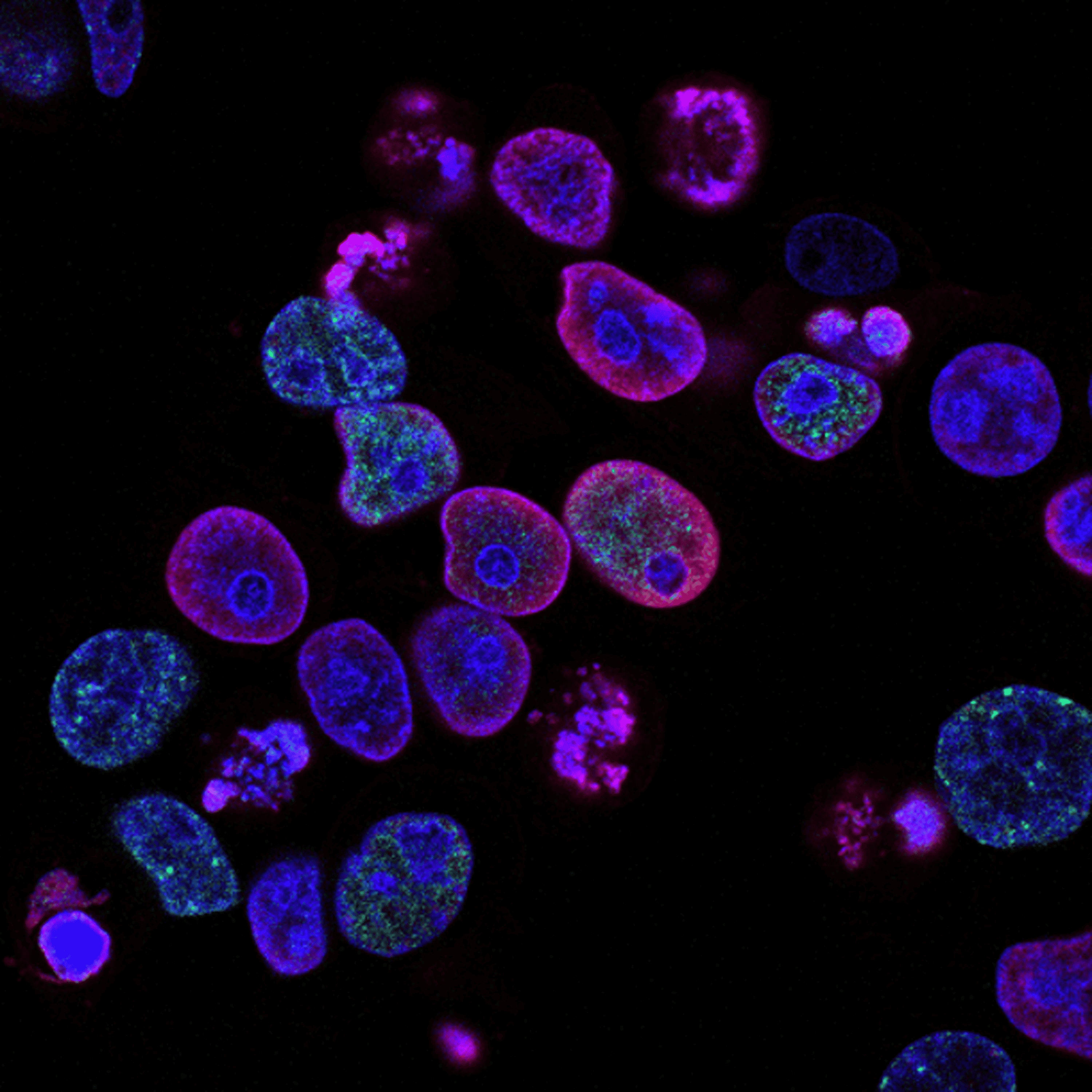
Scientists at the MRC-University of Glasgow Centre for Virus Research have unearthed a groundbreaking revelation in the fight against avian flu. They’ve identified a human gene, BTN3A3, that acts as a crucial shield against avian flu transmission. This gene, commonly found in human airways, can block avian flu replication within human cells. The research also exposed that certain avian flu strains that occasionally infect humans carry a genetic mutation that helps them dodge the effects of BTN3A3.
- Scottish scientists discovered a human gene shield that blocks the spillover of avian flu to humans;
- Research on past pandemics highlighted how all viruses resisted this gene;
- Identifying BTN3A3-resistant variants when they first emerge in birds can help prevent human infections;
A link was also found between the circulation of BTN3A3-resistant strains in poultry and spill-over events in humans. The study further revealed that all human influenza pandemics, such as the 1918-19 global flu and the 2009 swine flu, were caused by BTN3A3-resistant flu viruses. This discovery underlines the importance of understanding genetic barriers in preventing the replication of animal viruses in humans, shedding light on potential pandemic prevention strategies.
BTN3A3: the human gene shield against avian flu
In a breakthrough study published in Nature, scientists from the MRC-University of Glasgow Centre for Virus Research identified a human gene – BTN3A3 – that serves as a formidable barrier against avian flu transmission in humans[GPT: Oxford Dictionary]. Notably, this gene is expressed predominantly in human airways, making it a frontline defense mechanism against avian flu viruses.
BTN3A3, while previously unrecognized, has now been found to inhibit avian flu replication inside human cells. This essentially means that the gene can halt the multiplication and spread of avian flu viruses in the human respiratory system.
Evading BTN3A3: trait of avian flu strains infecting humans
The research team also discovered startlingly about certain avian flu strains that occasionally infect humans. These strains, such as H7N9, carry a genetic mutation that allows them to bypass the protective blockade of BTN3A3. This means these viruses have evolved a way to ‘dodge’ the effects of the human gene, enabling them to infect humans despite the presence of BTN3A3.
This finding is significant as it provides insight into how some avian flu strains manage to jump species barriers and cause illness in humans. It also points to the potential role of BTN3A3-resistant avian flu strains in future pandemics.
Link between BTN3A3-resistant strains and human pandemics
The study further unraveled a historical link between BTN3A3-resistant flu viruses and human influenza pandemics. An analysis of past outbreaks revealed that all human influenza pandemics, including the 1918-19 global flu pandemic and the 2009 swine flu pandemic, were caused by influenza viruses resistant to BTN3A3.
This implies that resistance to BTN3A3 may be a critical factor in determining the pandemic potential of any flu strain. It also underscores the need for continuous genetic surveillance of flu viruses, particularly those found in birds, to identify BTN3A3-resistant strains promptly.
Preventing future outbreaks: the role of BTN3A3
While the discovery of BTN3A3’s role in blocking avian flu transmission is significant, it is just the first step. The challenge now is to utilise this knowledge in the development of targeted control measures against emerging avian flu viruses, particularly those that are resistant to BTN3A3.
Identifying BTN3A3-resistant variants when they first emerge in birds can help prevent human infections. Control measures can be tailored specifically against these strains, and other genetic traits associated with zoonotic transmission. This could potentially help prevent future flu pandemics and protect human populations from the devastating impact of such outbreaks.

A milestone in pandemic prevention strategies
The identification of BTN3A3 as a protective shield against avian flu marks a milestone in our understanding of how human genetics can influence the spread of infectious diseases. It also provides a potential pathway for preventing future outbreaks, highlighting the significance of genetic surveillance in managing the risk of pandemics.
While this discovery is a major step forward, it also highlights the complex nature of zoonotic diseases. It underscores the need for ongoing research to further unravel the genetic factors that influence the transmission of diseases from animals to humans, and how we can harness this knowledge to safeguard public health.







